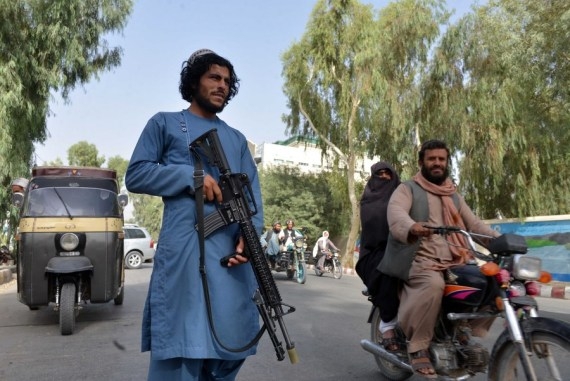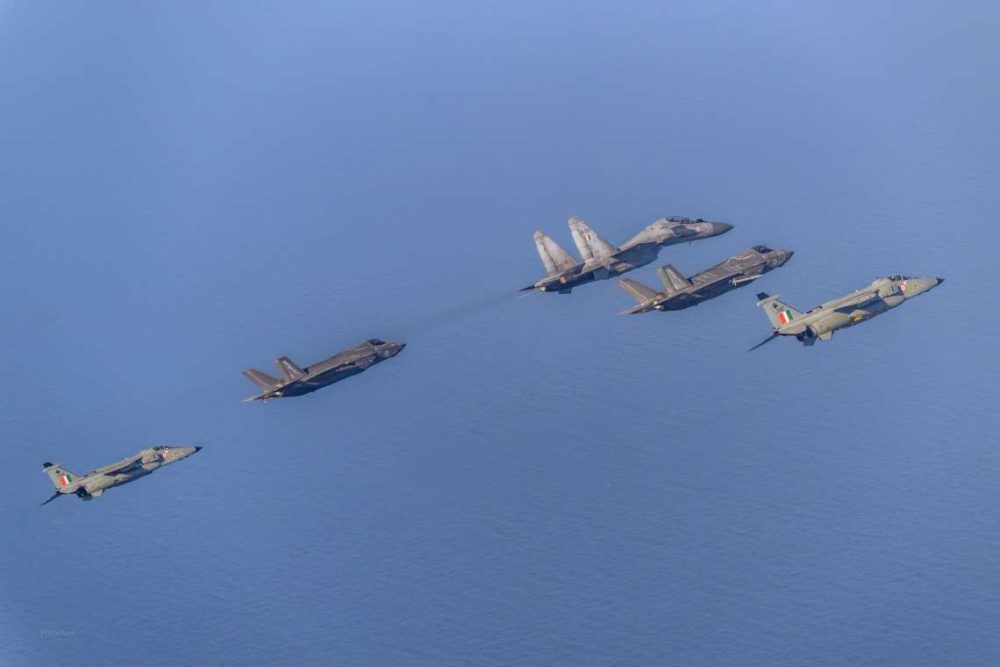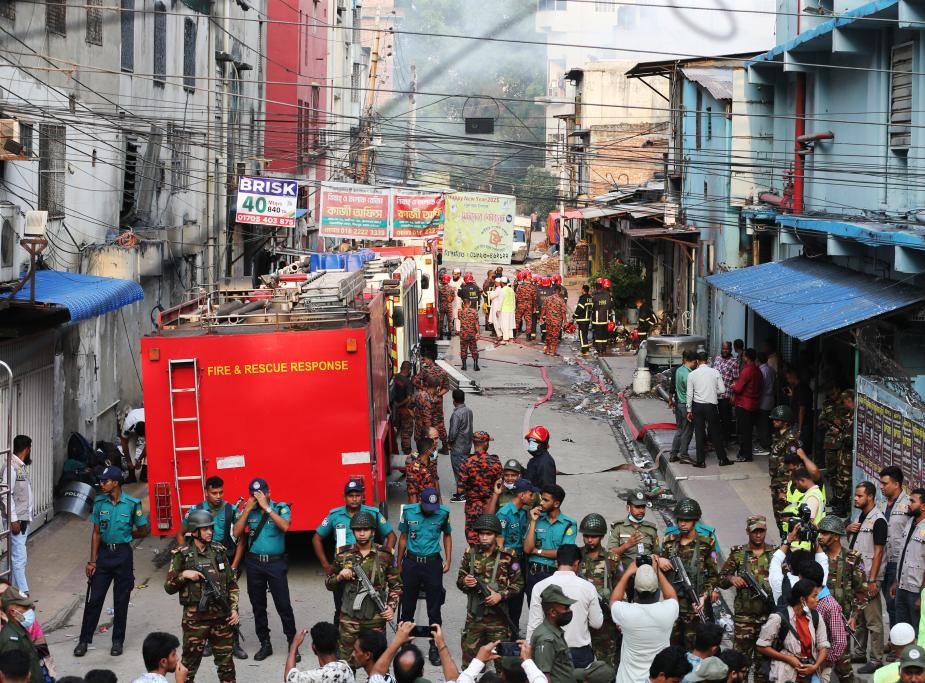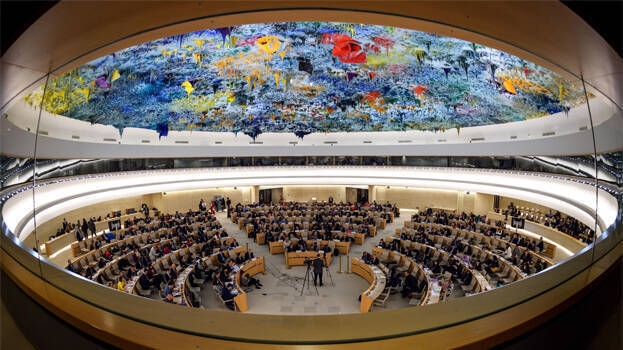China saw a strategic opportunity in establishing its footprint in Sri Lanka and extended finance for the Hambantota port project, knowing quite well that the loans would not be repaid as the project was a commercial dud…writes S.P.S PANNU

US Secretary of State Mike Pompeos scheduled stopover at Colombo on October 28, after his meeting with the Indian foreign minister and defence minister in New Delhi, is expected to provide Sri Lanka an opportunity to work towards breaking free of Chinas domination over its economy.
The dragon has landed Sri Lanka in a vicious debt trap through loans with strings attached, that have even forced the island nation to hand over a newly built seaport to China as it could not repay the loans and interest for the project. As part of the harsh deal to recover its debt, China also took over a sprawling 15,000 acres of land adjoining the Hambantota port.
Even more embarrassing about Sri Lanka losing its sovereignty over this area is the fact that it is situated in the home district of the Rajapaksa brothers who head the government in the Indian Ocean nation. Mahinda Rajapaksa had during his tenure as president started the port project as a grand scheme to bring prosperity to his constituency but the move has ended up converting it into a China-ruled conclave.
China was always looking for an opportunity to establish a hold in India’s backyard and Mahinda Rajapaksa provided the perfect opportunity by taking a huge loan for the economically unviable port. The terms and interest charged on the loans were subsequently made stiffer as Sri Lanka took more funds to meet its increasing expenditure needs.

India had been extending liberal loans to Sri Lanka as part of the economic co-operation with the friendly neighbor, but had refused to finance the Hambantota port project as it was not economically viable. China saw a strategic opportunity in establishing its footprint in Sri Lanka and extended finance for the project, knowing quite well that the loans would not be repaid as the project was a commercial dud.
The port was foreseen to be a failure as Colombo, which is a preferred port of call by international ships because of its deep waters, has more than enough capacity to cater to the maritime demand in the region.
Pompeo’s visit to Sri Lanka will come close on the heels of an earlier visit this month to Colombo of Chinese politburo member and former foreign minister Yang Jiechi. The US Secretary of State will aim to counter the dragon’s influence.
Interestingly, Sri Lankan President Gotabhaya Rajapaksa during his talks with Yang, asked China to help him in countering the widespread perception that China-funded megaprojects are “debt traps” aimed at gaining influence in local affairs of the country.

China has come under pressure following the Tokyo meeting of the Indo-Pacific quadrilateral grouping comprising the USA, India, Japan and Australia. The four countries have decided to step up their involvement in the “Free and Open Indo-Pacific” initiative in response to China’s increasingly aggressive posturing in the region which represents a threat to the free movement of ships in international waterways.
Wang’s visit to Colombo came as a sequel to this meeting and China promptly announced a grant of $900 million to Sri Lanka after his trip as an image building exercise.
In recent years, Beijing has increasingly provided financing and construction for critical infrastructure in Sri Lanka and the Maldives, merely to contain India’s influence in the region. Offers of huge loans are being grabbed by cash-strapped governments which ultimately end up in the Chinese debt trap. This means that most of the government revenues are going to repay loans and interest to China which leaves very little or nothing to carry out development work that will benefit the local people.

US Secretary of State Mike Pompeo has said Washington wants a “free and open” Asia not dominated by any one country. He has accused Beijing of bullying its neighbors by sending ships close to their offshore energy operations, and of opportunism in holding military exercises and testing new defence hardware in disputed locations, while rival claimants battle coronavirus outbreaks.
Beijing, on its part, considers Sri Lanka as a crucial link in its massive Belt and Road Initiative aimed at providing a string of ports, stretched across the Indian Ocean till the Persian Gulf and beyond, to meet the logistical needs of its rapidly expanding naval fleet.
It now remains to be seen whether Sri Lanka can extricate itself from the dragon’s clutches.









